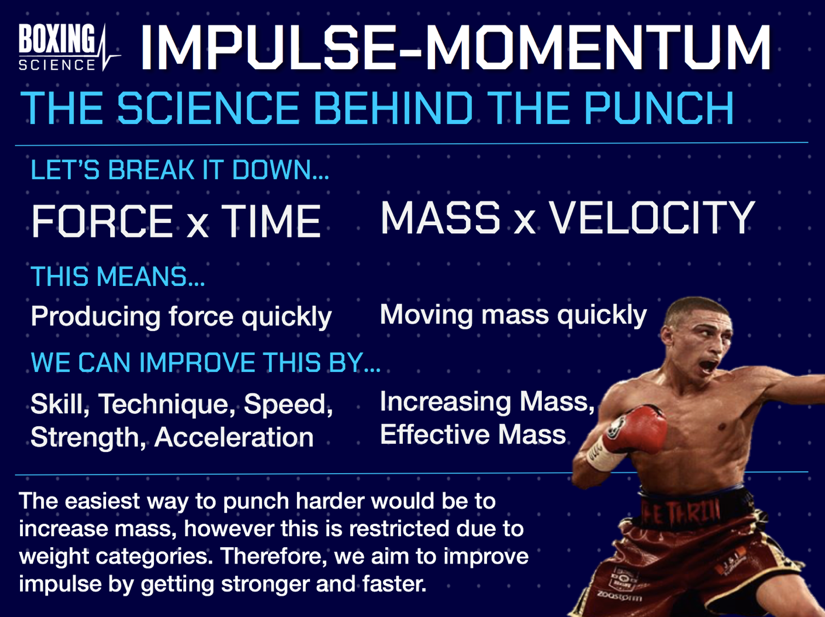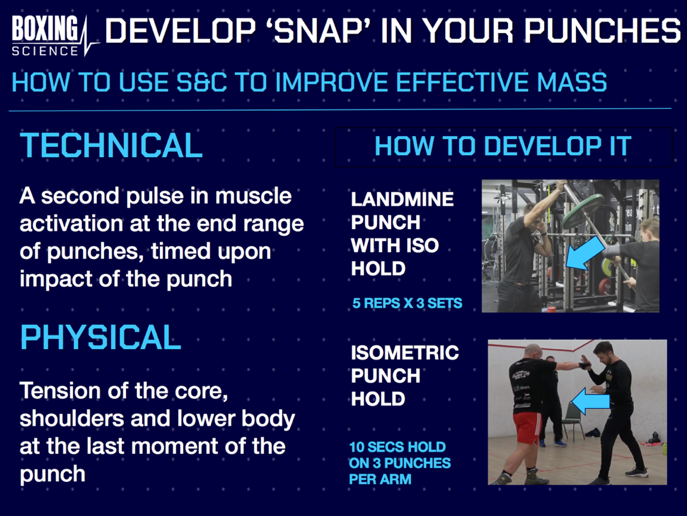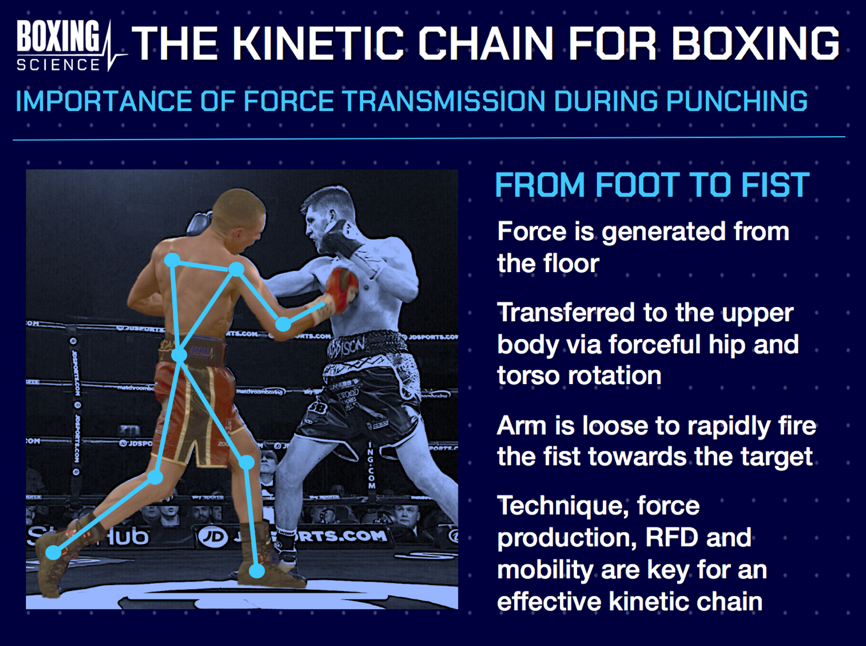Do Weights Make You Slow?
The truth about Strength Training for Boxing
Follow —-> @boxingscience
Traditional boxing coaches state that weights make you slow and adding them to a training regime will slow you down. Whilst contemporary S&C coaches believe in the benefits of strength, speed and explosiveness.
Both beliefs are correct – doing bodybuilding and powerlifting training methods can result in unnecessary muscle mass and slow contractile properties.
However, S&C can be massively beneficial for Boxing when done correctly.
At Boxing Science, we carefully structure our programmes so our boxers are avoiding bulking up and becoming slow as we aim for adaptations in strength, speed and explosiveness. Here is the science that sets the foundations for our strength programmes.
The Science Behind The Punch
Punching hard is highly dependent on fantastic technique, skill, and timing, forged by thousands of hours of practice, as well as optimal genetics.
Studies have suggested that punching forces in amateur boxing are around 2500 N… If you weigh 70 kg (11 stone or 154 lbs), you’ll exert about 700 N of force just stood still.
That makes punching force about 3.5 times body mass. To make that even more impressive your punch takes around six-hundredths of a second (~60 ms) to throw.
Furthermore, nearly all boxing coaches will coach you to use your lower-body and rotation of your core to deliver punches – and there is a backlog of research that supports this.
So in order to produce fast and explosive punches… we need to develop force and transfer it through the body as fast as possible!
HOW IS THIS FORCE GENERATED?

Punching hard relies on the Impulse-Momentum relationship- which states that Impulse (Force x Time) is equal to Momentum (Mass x Velocity).
To punch harder, a boxer must increase their momentum. Broken down, it looks like this:
A boxer can improve their momentum by increasing their mass, however, a boxer is limited by the amount of mass they can gain, due to weight category restrictions.
In consideration, we primarily aim to improve IMPULSE and increase the rate of force development (RFD).
This is often developed through skill, technique and genetic factors. However, these are physical characteristics that can be developed through a range of strength and conditioning training methods.
Our testing shows a strong relationship between lower-limb force production and estimated punch force – this was determined through jump tests and medicine ball throws. Suggesting the higher you jump, the harder you can punch! This becomes a key factor in our training aims.
This not as simple of just lifting weights to get stronger. At Boxing Science, we carefully structure our programs using a range of methods across different training phases.
This includes resistance training, movement drills, maximal strength training, Olympic lifting, plyometrics and sprint protocols.
CAN WE STILL IMPROVE MOMENTUM?

Despite being limited to weight categories, boxers can still increase the momentum of the punch through improving ‘Effective Mass’.
Effective mass is a full body SNAP on punching impact, and the creation of massive amounts of force and tension through the core, shoulders and arms. This is often developed through skill and technique of a punch, but S&C training methods such as Olympic lifting, plyometrics and core training can help improve this.
HOW IS THIS FORCE TRANSFERRED?
From research, we know that force is generated from the floor, and transferred through the core, shoulders, armsand finally to the fistand the target. The transfer of force through the body is known as the Kinetic Chain.
In the kinetic chain, hip and torso rotation are key, and a boxer must have sufficient movement, strength and mobility to achieve this.

The most important link in the Kinetic Chain is arguably the core muscles – as core rotation plays a big role in transferring force from the lower-body through to the fist.
In fact, our testing results suggest that the lean muscle of the core is the biggest contributor to punch force – meaning the stronger your core, the harder your punch!
Core strength also plays an important role in generating effective mass, this is known as the ‘snap’ of a punch. This makes developing lean muscle, strength and stability of the core is a key focus point to our S&C programs at Boxing Science.
In consideration of the research, Boxing Science place importance on the following areas:

Having excellent movement and mobility, allowing for fluid and rapid rotation of the lower and upper body.
Improving the rate of force development through a range strength and conditioning training methods.
Improving the strength and speed of the lower-body.
Increasing the strength, stability and lean mass of the core muscles.
Improving Effective Mass to achieve an effective SNAP on impact, at the end range of punches.
Now we know the key things that contribute to a hard punch, let’s explore some of the key ways we can quickly and easily build a harder punch…

